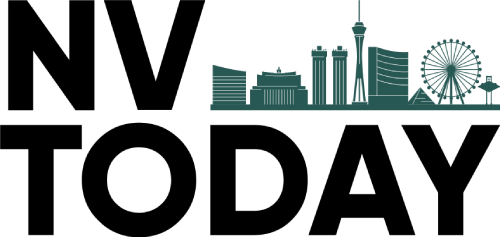Wall Street witnessed a striking resurgence in merger and acquisition activity during the first week of August 2025, with August 3 marking a high point in what has become the most robust dealmaking period since before the pandemic. Spurred by renewed investor confidence, improving macroeconomic indicators, and a widely expected shift in monetary policy, investment banks across New York and beyond are reporting near-capacity pipelines and a wave of strategic corporate activity. This surge is not only restoring momentum after years of sluggish growth but is also reshaping the competitive landscape across industries ranging from transportation and tech to consumer goods and fashion.
One of the most headline-grabbing announcements came from Union Pacific, which revealed its intent to acquire Norfolk Southern in a transaction valued at approximately $71.5 billion, not including assumed debt. Factoring in total obligations, the deal’s enterprise value approaches $85 billion, making it one of the largest rail mergers in U.S. history. The proposed deal would create the first coast-to-coast freight rail network, promising enhanced efficiency and logistical integration across the continent. However, not everyone is celebrating the development. Shippers, trade unions, and logistics stakeholders have raised concerns over the potential for reduced competition, possible job cuts, and rate hikes for cargo transport. Several freight customer groups are already lobbying the Surface Transportation Board and federal antitrust agencies to closely scrutinize the merger’s implications.
Read Also: https://nvtoday.com/nevadas-startup-scene-bolstered-by-surge-in-battery-ai-investment/
In the technology sector, Palo Alto Networks made waves by announcing a $25 billion acquisition of Israeli cybersecurity firm CyberArk, further cementing its transformation from a firewall-centric company to a full-spectrum security provider. The cash-and-stock deal offers CyberArk shareholders $45 in cash and 2.2005 shares of Palo Alto stock for each CyberArk share—amounting to a 26% premium over recent closing prices. The acquisition signals Palo Alto’s strategic pivot toward identity protection, an increasingly critical segment of cybersecurity amid the proliferation of AI-driven data processing and cloud infrastructure. CEO Nikesh Arora emphasized that the move positions Palo Alto to tackle credential-based attacks targeting both human and machine identities, describing it as “a foundational investment in the future of trust on the internet.”
Despite the long-term optimism, markets responded with some caution. Shares of both Palo Alto and CyberArk dipped slightly following the announcement, reflecting investor concerns over integration challenges and the risks associated with large-scale tech acquisitions. Analysts noted that while CyberArk brings valuable expertise and client relationships, the merger’s success will hinge on seamless technological integration and cultural alignment across geographically dispersed teams.
Meanwhile, the initial public offering (IPO) market—which has remained dormant for much of the last two years—showed fresh signs of life. Figma, the collaborative design software firm recently acquired by Adobe but spun back into the public market under a revised structure, debuted strongly on the Nasdaq. The IPO was oversubscribed, with strong demand from both institutional and retail investors, underscoring revived confidence in growth-stage technology firms. Figma’s successful listing may act as a bellwether for other tech startups weighing public offerings after delaying due to market volatility in 2022 and 2023.
Top-tier investment banks such as JPMorgan Chase, Goldman Sachs, and Morgan Stanley have reported increased M&A-related revenue, with multiple sources indicating that August could set records for both volume and value of transactions closed. Corporate leaders, emboldened by easing inflation and improving labor markets, are turning to M&A as a primary lever for growth and market consolidation. For firms that have stockpiled cash or deleveraged over the past three years, 2025 presents a strategic window to execute large-scale deals with favorable financing conditions on the horizon.
Additional high-profile negotiations remain in progress. Kraft Heinz is rumored to be considering a breakup strategy, potentially spinning off its North American snacks business to focus on global staples. Luxury conglomerate LVMH is also reportedly in talks to divest its Marc Jacobs label, which has struggled to match the global reach of its more successful brands such as Louis Vuitton and Dior. These strategic reviews signal that companies are not only seeking growth through acquisition but also streamlining operations to sharpen focus and boost shareholder returns.
Dealmakers anticipate that this momentum will carry into September, particularly if the Federal Reserve confirms an interest-rate pause or announces tapering in its next meeting. Nevertheless, underlying risks—including geopolitical instability, lingering supply chain vulnerabilities, and the uncertain impact of AI regulation—could temper optimism as the year progresses.
Still, the recent flurry of transactions reflects a broader mood shift on Wall Street. After several years of restraint, companies are once again embracing bold strategies, recalibrating portfolios, and executing transformative moves that could define their industries for the next decade. For corporate strategists, private equity firms, and M&A advisors, early August 2025 may mark the return of big-deal confidence and a decisive turning point in the post-pandemic economic cycle.


